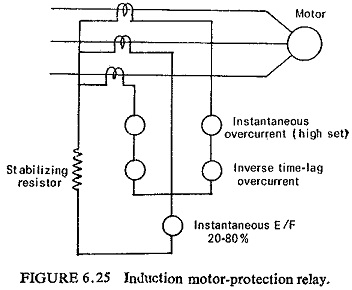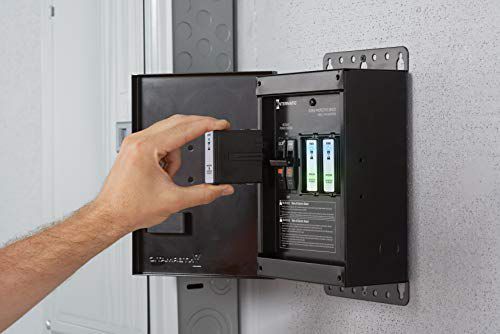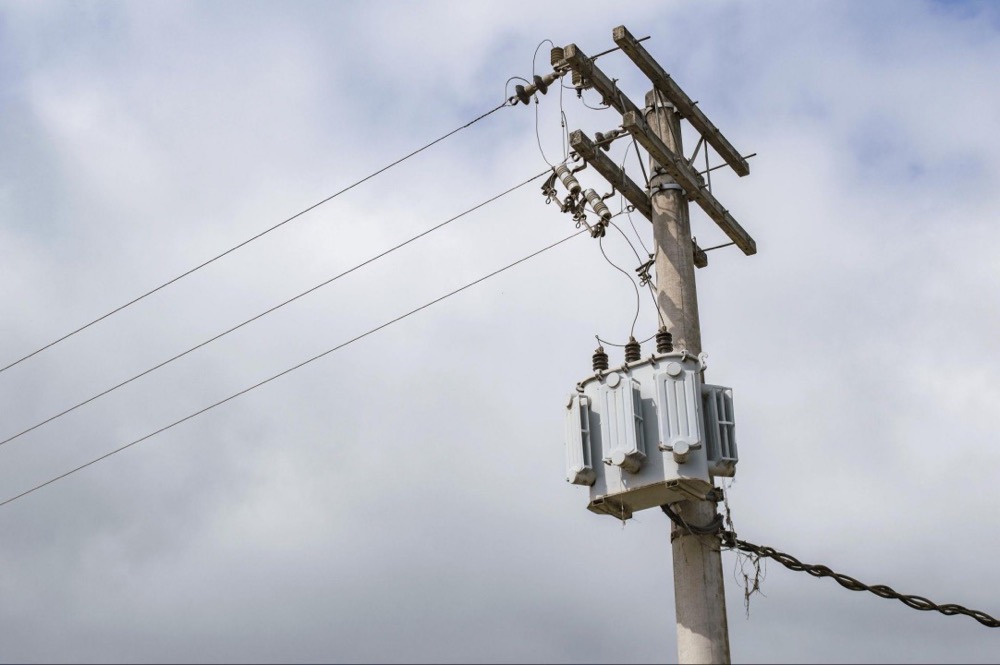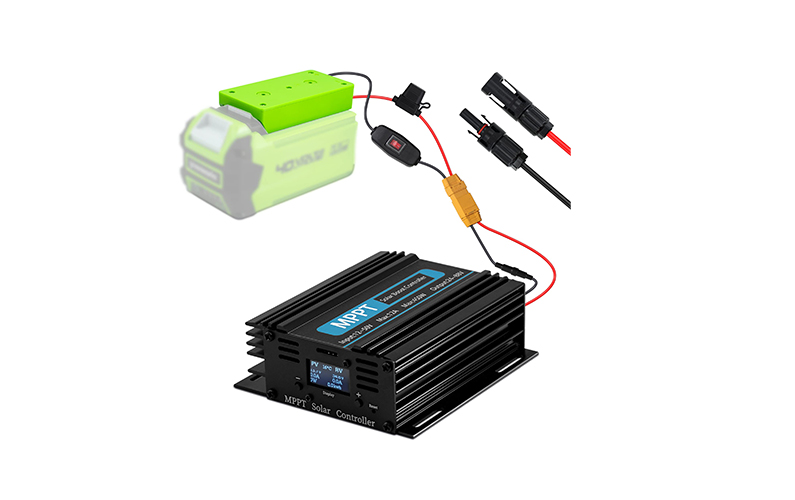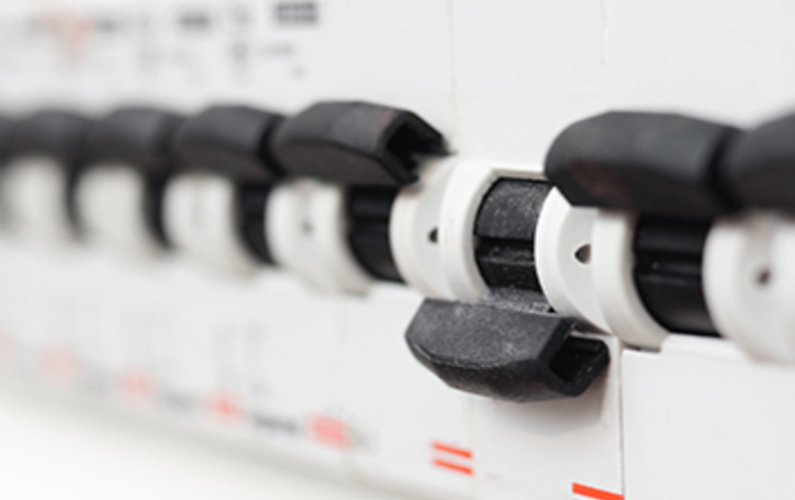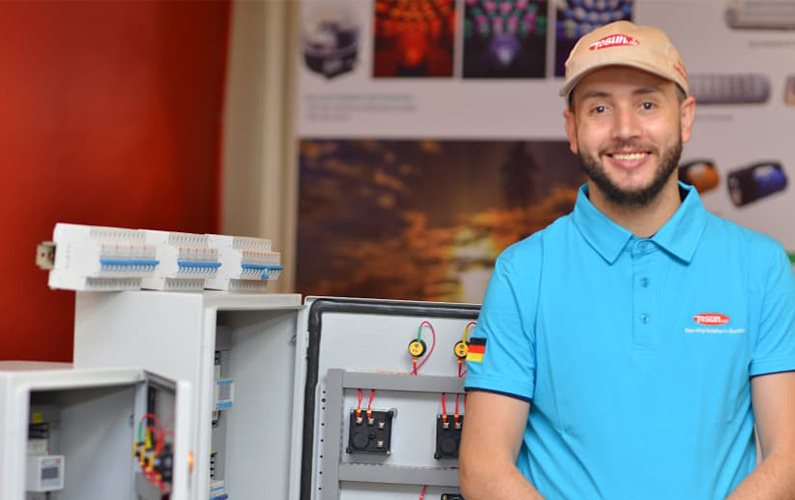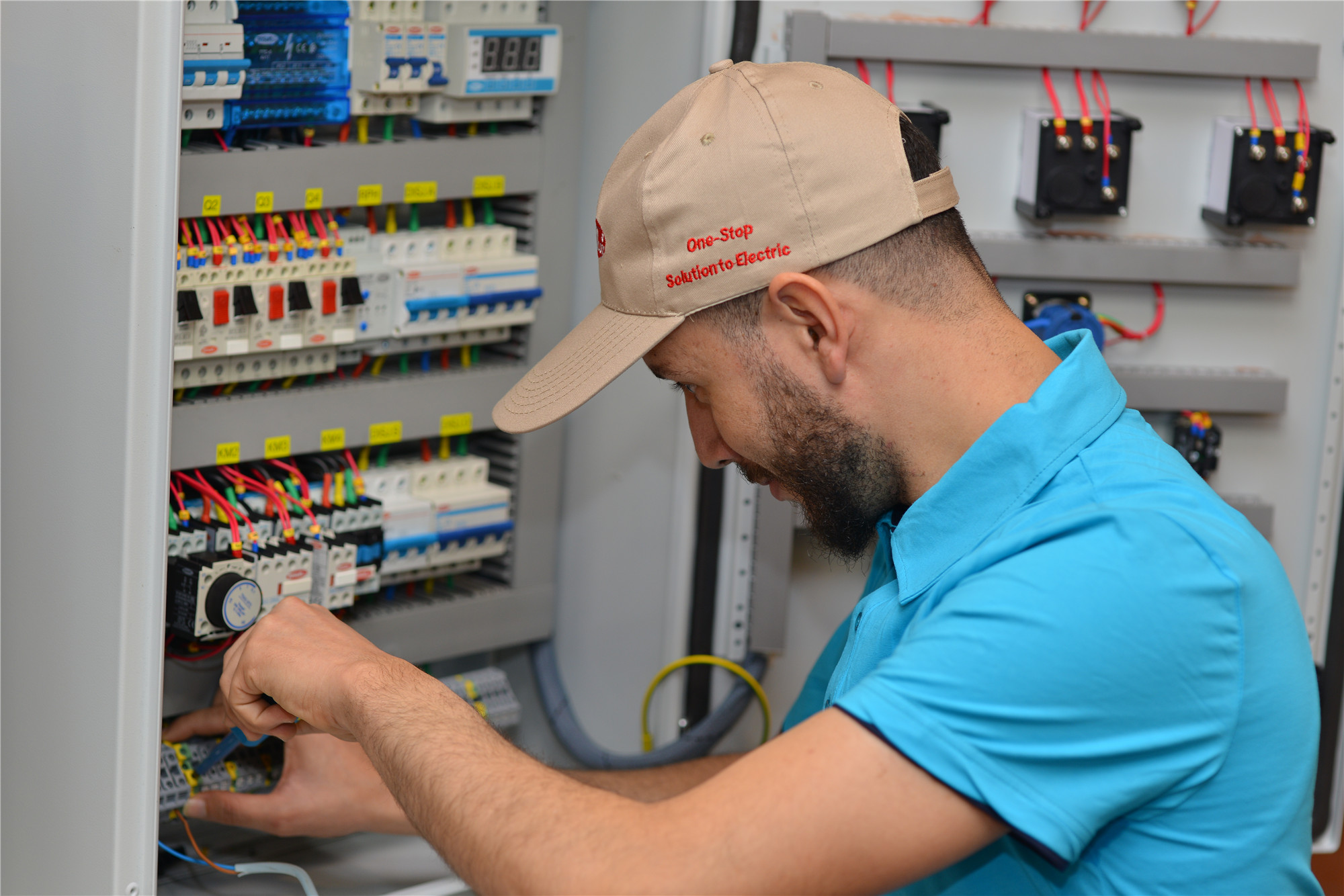5 Common Mistakes in Motor Protection
09th Jan 2025
One of the most common mistakes in motor protection is neglecting proper motor overload settings, which can lead to equipment failure and costly downtime. Effective motor protection is vital for ensuring the reliability and longevity of your motor systems, as even minor oversights can result in major operational setbacks. In this article, we’ll explore the common pitfalls in motor protection and how to avoid them. Top 5 Motor Protection Mistakes to Avoid #1. Incorrect Motor Overload Protection Settings Improperly configured motor overload protection is a frequent issue that results in either nuisance tripping or a lack of adequate protection. Overload relays are designed to shut down the motor when it operates beyond its safe limits for too long. However, if the settings are too high, the motor may overheat before tripping, while overly conservative settings cause unnecessary interruptions. #2. Inaccurate Motor Overload Sizing Sizing the overload relay is critical for effective motor protection. An overload relay that is too small won’t handle the motor’s starting current, causing premature shutdowns. Conversely, an oversized relay won’t trip in time, leading to overheating and potential damage. Proper sizing involves factoring in the motor’s full-load current, service factor, and operating conditions. #3. Failure to Install Three-Phase Motor Overload Protection Three-phase motors are particularly vulnerable to phase imbalances or single-phasing, which can result in significant overheating and mechanical stress. Without proper overload protection, these motors face a higher risk of failure. Ensuring that phase protection is in place can help detect and correct imbalances before they cause damage. #4. Neglecting […]
Read More : +86-139 0587 7291
: +86-139 0587 7291 English
English Español
Español Русский
Русский Français
Français العربية
العربية Português do Brasil
Português do Brasil Українська
Українська Türkçe
Türkçe Polski
Polski Nederlands
Nederlands Italiano
Italiano Bahasa Indonesia
Bahasa Indonesia हिन्दी
हिन्दी اردو
اردو አማርኛ
አማርኛ Հայերեն
Հայերեն ไทย
ไทย Монгол
Монгол فارسی
فارسی Shqip
Shqip Ελληνικά
Ελληνικά
